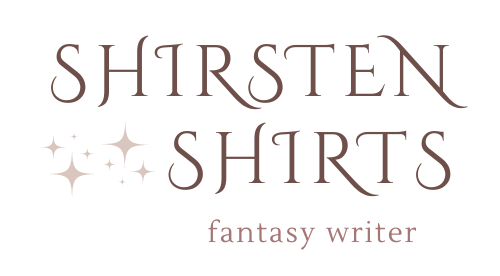How to Craft an Emotional Payoff, Part 2 (Writing Emotion: Connection)
The Writing Emotion series observes one emotion at a time in a story that does it well. This is so that we can understand better how to do our most important job as storytellers (no matter the genre): make readers feel.
The objective of these posts is less about learning to convey a specific emotion (joy, sorrow, anxiousness, etc.) and more about studying what is going on underneath a scene that makes the emotionality of it more compelling for the characters and the reader alike—
It’s about learning to write emotion.
Emotion: Connection
Story: The Good Place (Season 3)
Spoilers Ahead
(In terms of plot for the season, the spoilers here are minor. However, it does focus on the end journey of the relationship between Tahani and her sister, Kamilah. This scene appears in Episode 6 of Season 3.)
Connection: a relationship in which a person is linked (emotionally) with something or someone else.
Scene from the story:
Lesson 1: The A-Ha
Typically when you think of the “a-ha” in a story, you think of the moment that comes toward the end of a character’s journey. The moment that helps them pick themself up, dig themself out of their hole, and fight back so that they can claim their Truth.
But not always.
One example that comes to mind is Brooklyn Nine-Nine. This television series is constantly using a-ha’s to help its character solve mysteries in both their jobs as detectives (“I understand how the perpetrator did it!”), as well as in their personal lives (“I don’t want to win, I want my partner to be happy!”).
Most importantly, for our purposes here, these mini a-ha’s provide a moment of emotion.
In the case of this scene, Tahani’s a-ha comes as she studies her sister’s artwork and has a flashback to when they were children, pitted against each other by their parents. This insight into her sister’s emotions triggers understanding, sympathy, and a rush of feelings in Tahani herself.
And it ups the emotionality of the scene.
Of course, as we saw in the post on Joy, the fact that this tension breaks after a good deal of buildup is helpful, but sometimes even a small buildup of tension that leads to an insight can be emotionally rewarding.
Lesson 2: Micro-Obstacles
We’ve already seen the use of the unexpected to create deeper emotion. One of the reasons this works is because layers are interesting. They engage us more—mentally and emotionally.
When we encounter the unexpected, however small, we literally can’t help but perk up. It’s programmed into our DNA as humans to take notice when something seems out of place, as it could be a possible threat.
As storytellers, it can be effective to use this programming to our advantage.
In The Young Victoria, the emotion was unexpectedly deepened when Victoria had all of the power and authority during the proposal. Here, the unexpected shows up in the form of a micro-obstacle: Tahani’s handcuffs.
After Tahani’s a-ha, she strides over and embraces her sister. Unfortunately, she’s still in handcuffs, which makes this gesture difficult. This moment is small, but the humor and peculiarity are enough to add an extra layer that engages our brains and emotions more.
What micro-obstacles could you include in a scene that might add a touch of whimsy, strangeness, foreboding, etc.?
Lesson 3: Us Against Them
In real life, I tend to think it’s better to avoid any “us against them” mentality. But in fiction? I love it.
“Us against them” can be an excellent way to demonstrate the emotional bond between two characters.
Something as silly as an inside joke between two characters (us) as the rest of the group rolls their eyes (them). Or something as dramatic as two sisters who have allied against their emotionally absent parents.
Want more insight into story science & writing emotion? Click on one of the buttons below.
The fastest way to write a strong story is with an effective outline that plots your novel’s beating heart.
In Outline Your Novel, you’ll learn exactly what the most important beats are (step-by-step), why they matter emotionally, and how to plot them quickly to make your story sing.





